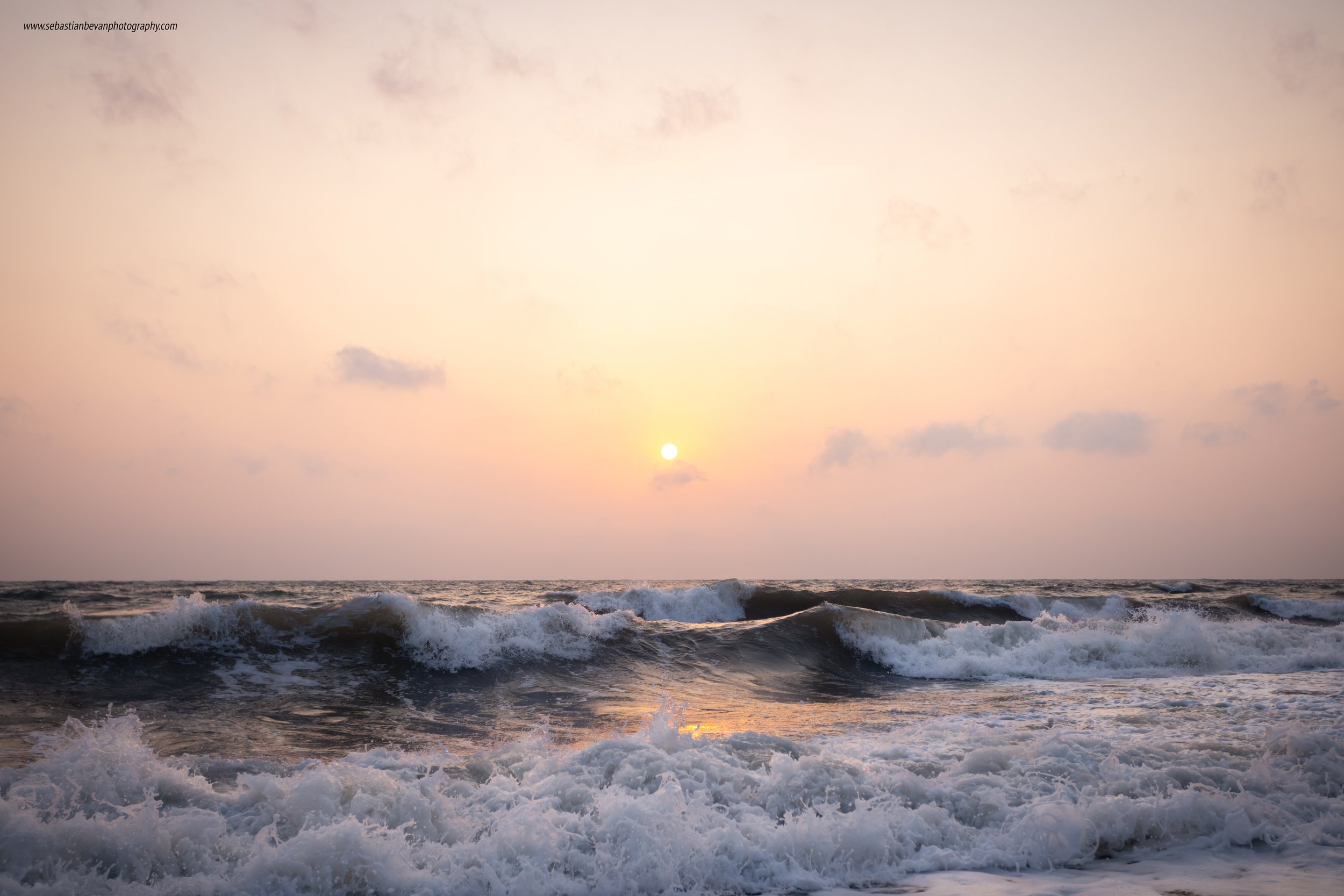
Coastal Photography with Sebastian Bevan
About this guide
We have the pleasure of sharing a few tips from Torbay Photographer Sebastian Bevan on preparing and capturing images of the coast.
With years of experience shooting along rugged shorelines and tranquil beaches, Bevan has an eye for capturing the essence of coastal landscapes. If you would like to know more about his work you can find links provided at the bottom of this page.
Check the horizon
Keep that horizon straight by using the in-camera spirit level.
Alternatively, you can use a hot shoe bubble level to help; there is nothing worse than seeing a great seascape shot with a wonky horizon.
This practice can be implemented when taking landscapes and even portraits. With portraits, imagine the eyes are the horizon line.
The more you recognise this, it becomes second nature.
Pat attention to the wind
When shooting long exposures by the coast, having a firm camera is essential for getting sharp images. One of the main challenges is dealing with the wind.
Here are a few tips to help reduce camera shake:
Remove the camera strap as it blows around.
Close the rear LCD when taking the shot as it can act like a wind sail.
Use a tripod weight bag
Use a Filter System that doesn’t protrude heavily
I have been shooting with the MAVEN FILTER SYSTEM for the last 2 years and find they’re amazing quality, quick to use and do not stick out to catch the wind.
Careful of Water Spray
Water spray can be a nightmare when shooting on the coast, so I like to use the MAVEN Splash guard filter, aka UV Lens. I can frame and focus the shot with the filter on, and because it clips by magnets, it can be popped off just before I take the shot, leaving my front lens element free of water spray or dust.
Be careful when cleaning filters and lenses which have had salt water sprayed on them. The salt crystals can cause damage to the elements, especially if dried. The best practice is to rinse with fresh water immediately and gently pat dry with a clean microfibre cloth. Then, wipe with another microfiber cloth using a lens cleaning solution.
If you are ever unsure, always visit your nearest camera shop.
Check Tide Times & Weather
To increase your chances of capturing stunning seascapes, check tide times. Knowing where the tide line will be at a certain time can make all the difference in framing the shot and creating dramatic imagery.
Gathering information such as tide times, sunrise and sunset times, mapping, and weather conditions can help you produce stunning images whilst staying safe.
Always think about your safety.
Keep Dry
I can never have enough cloths when shooting by the coast.
Having a selection of different-sized cloths can help dry my gear and, if needed, can cover the camera and lens.
Keeping a few packets of silica gel in your camera bag can help reduce moisture when returning home. Remember to dry your equipment at room temperature once you’re able to.












